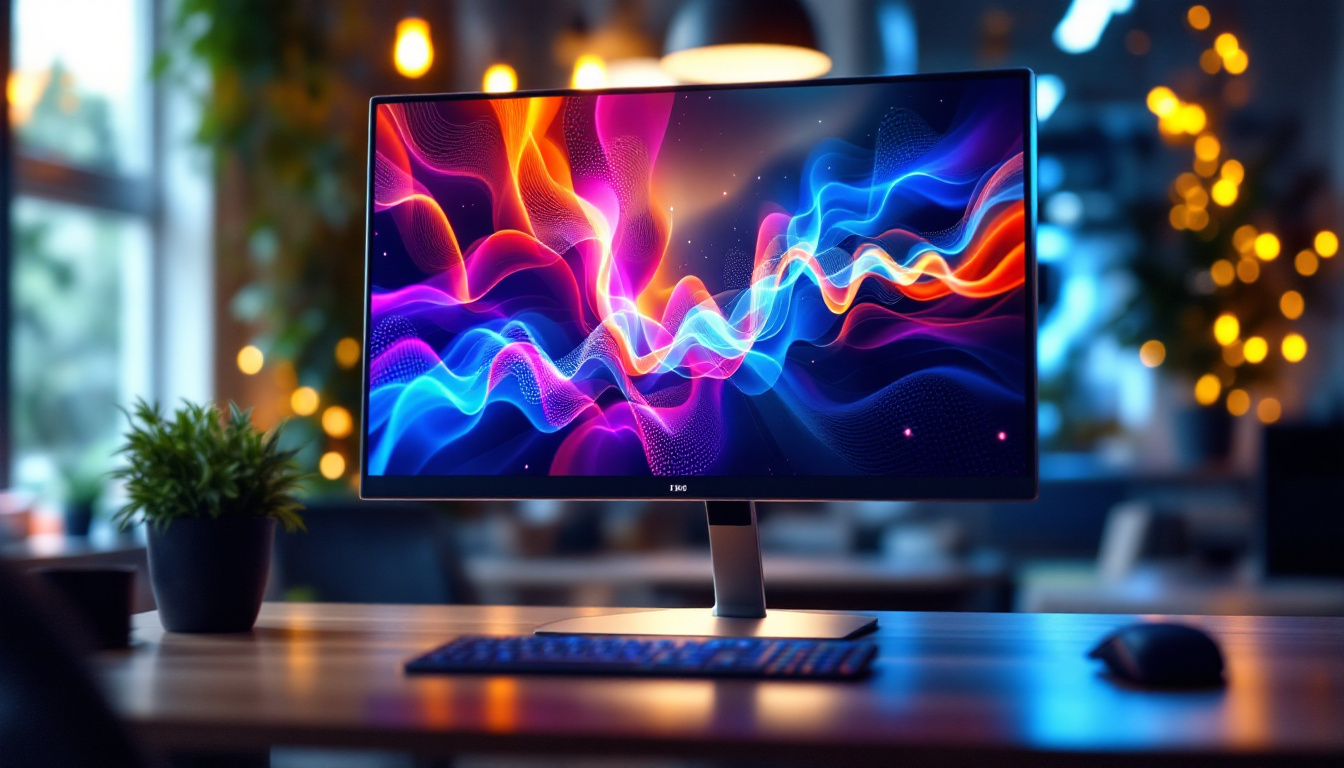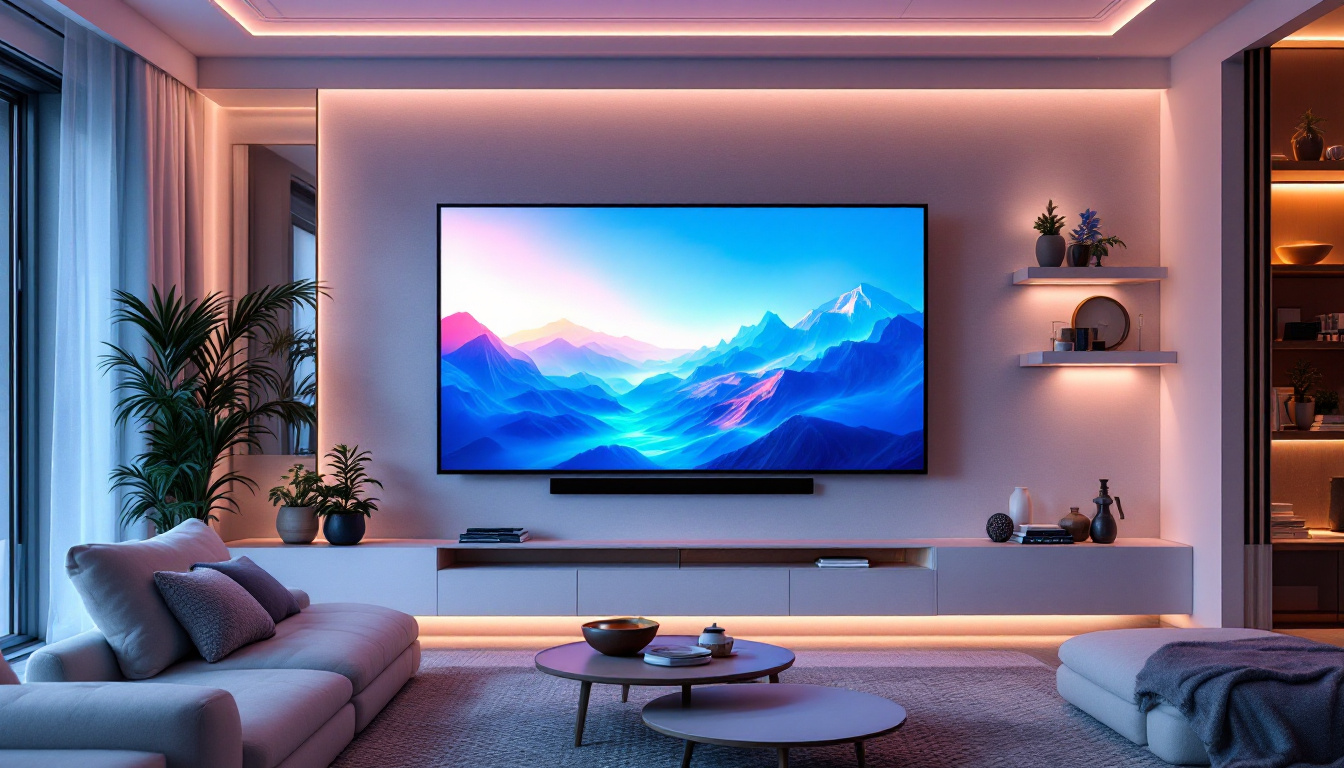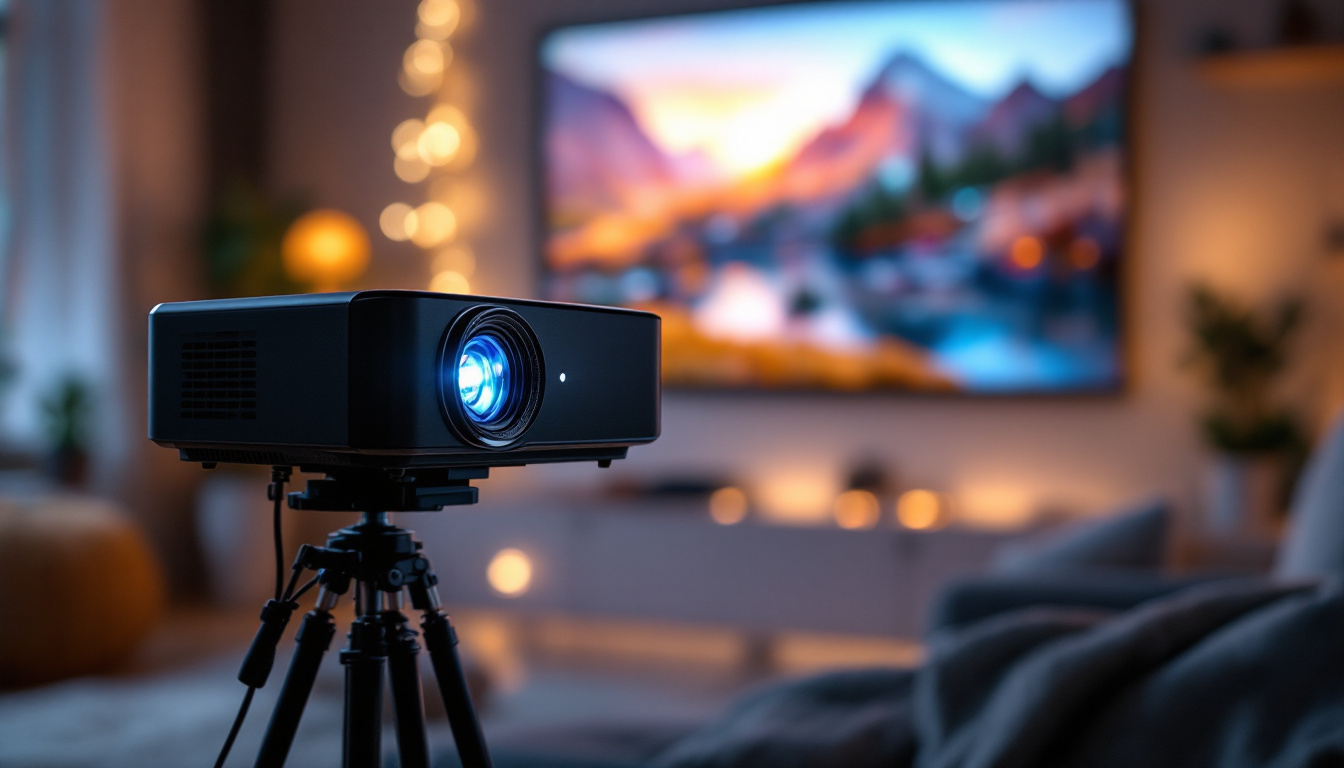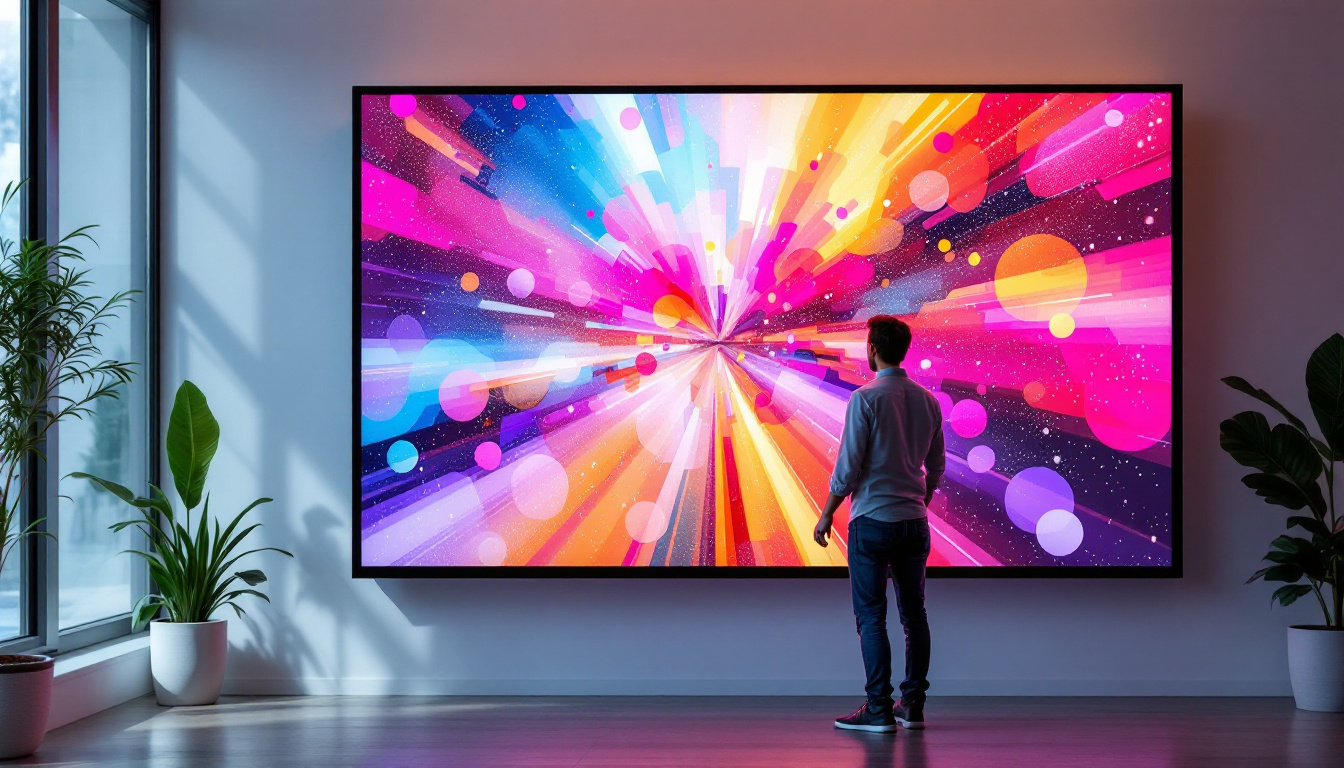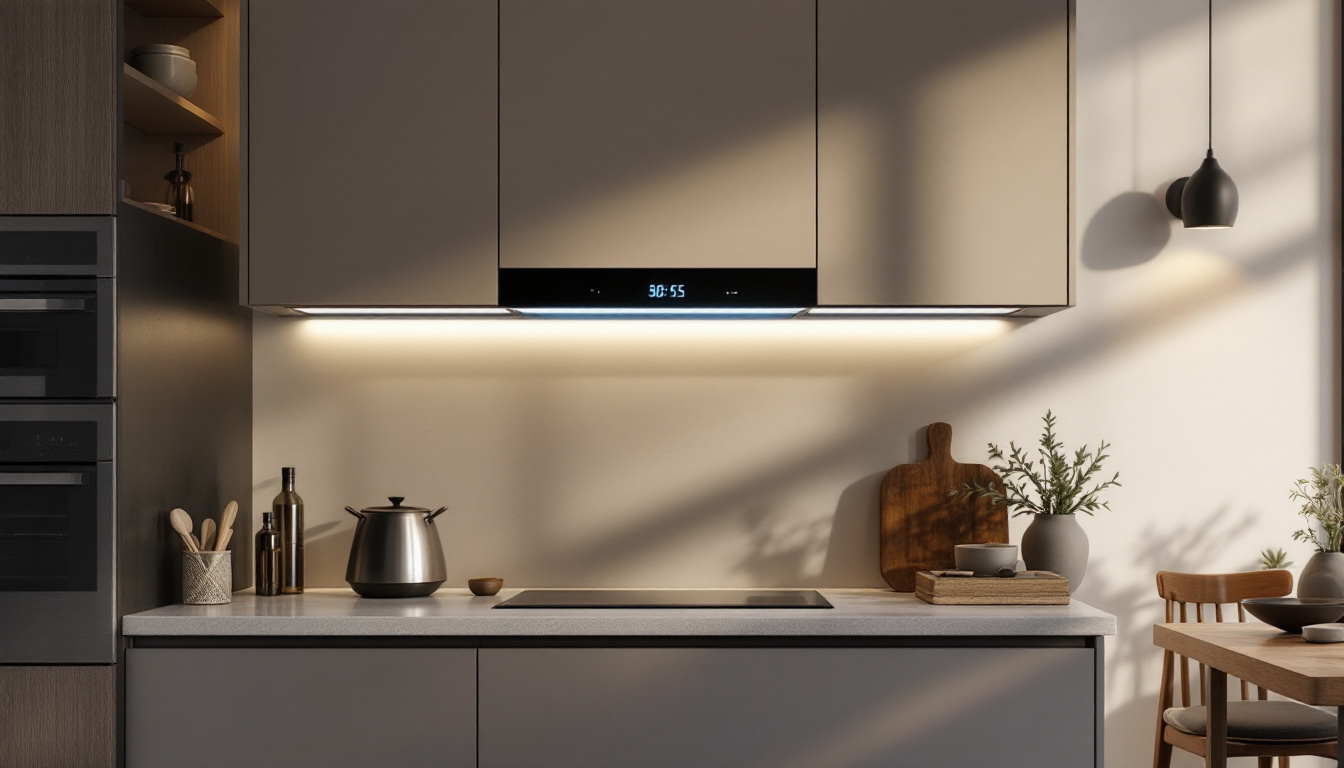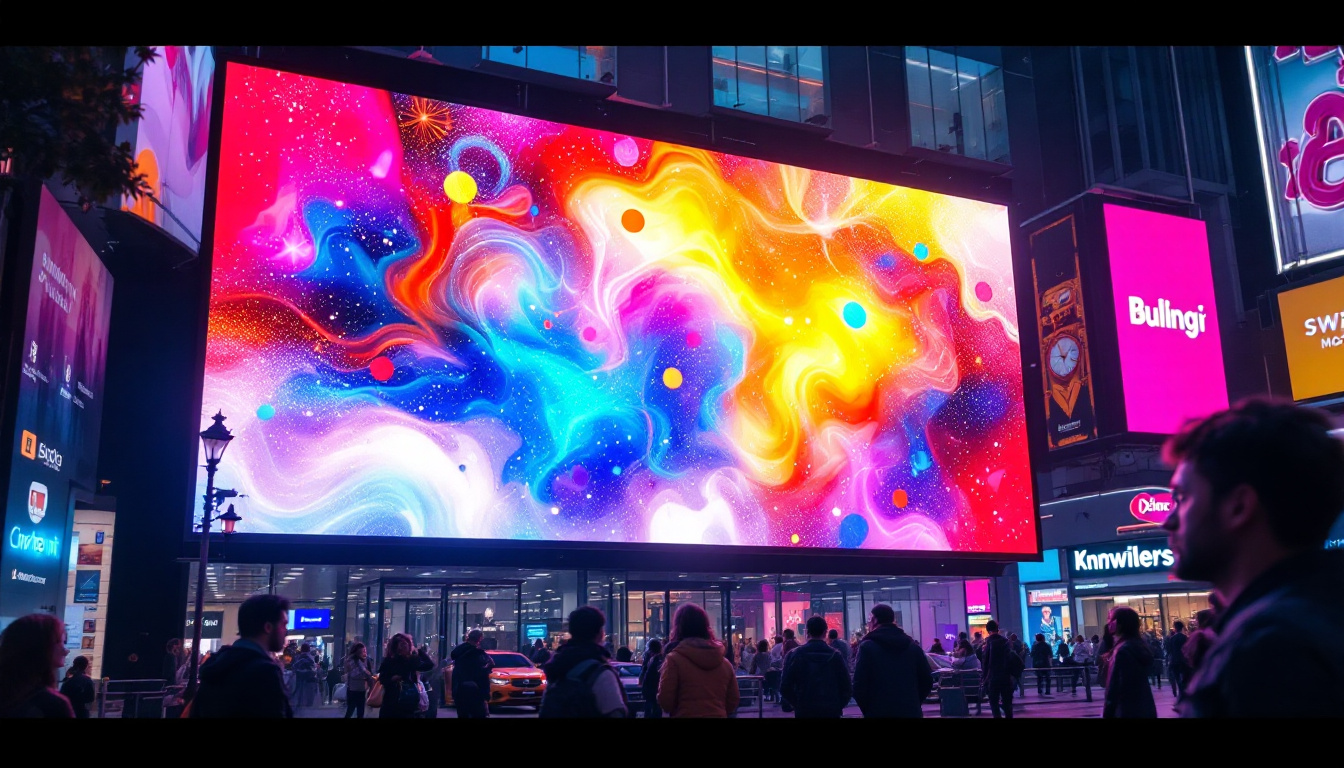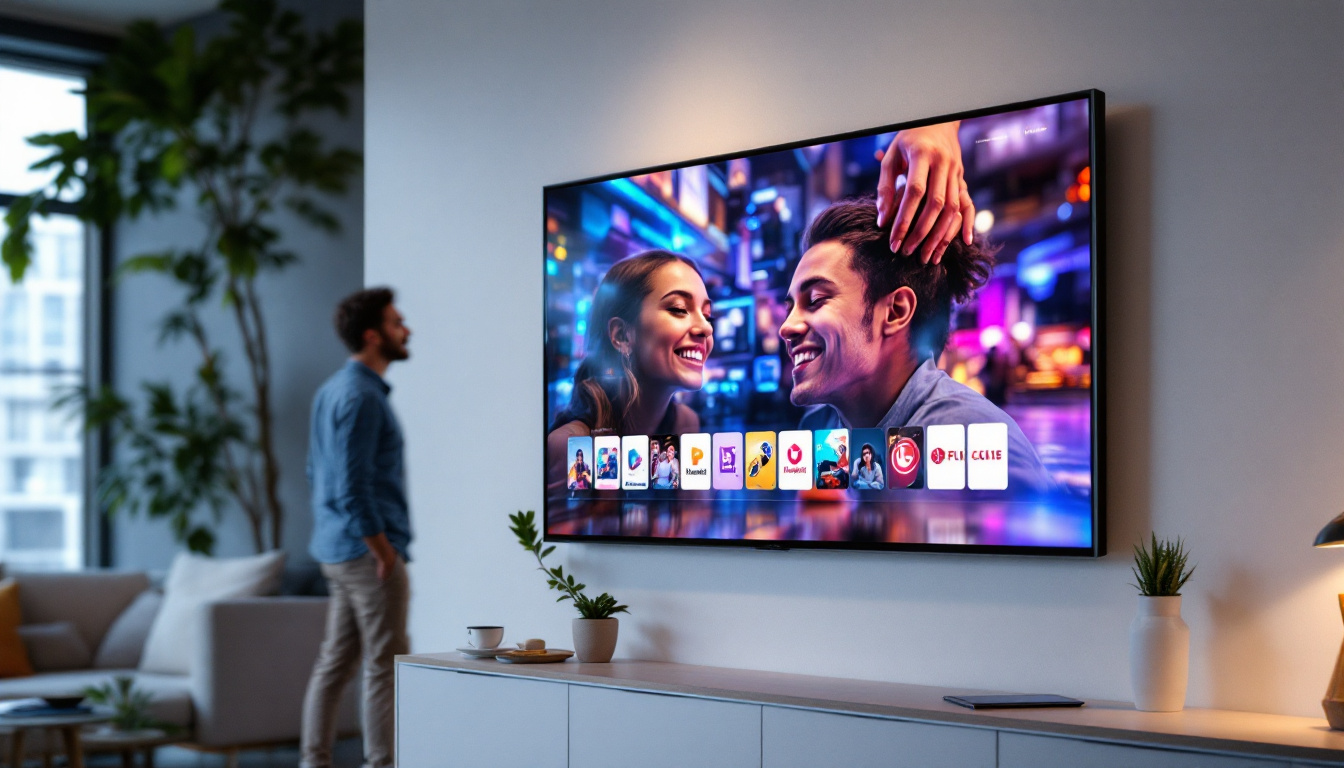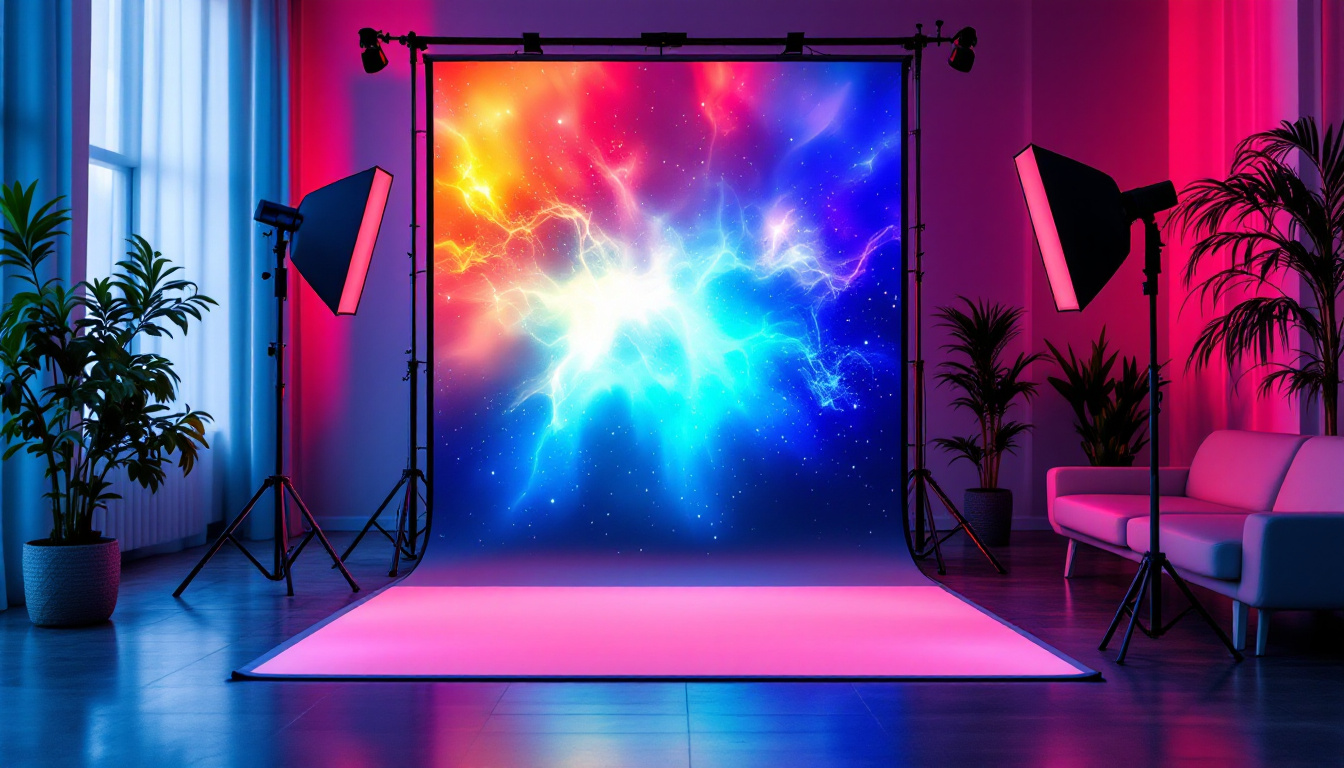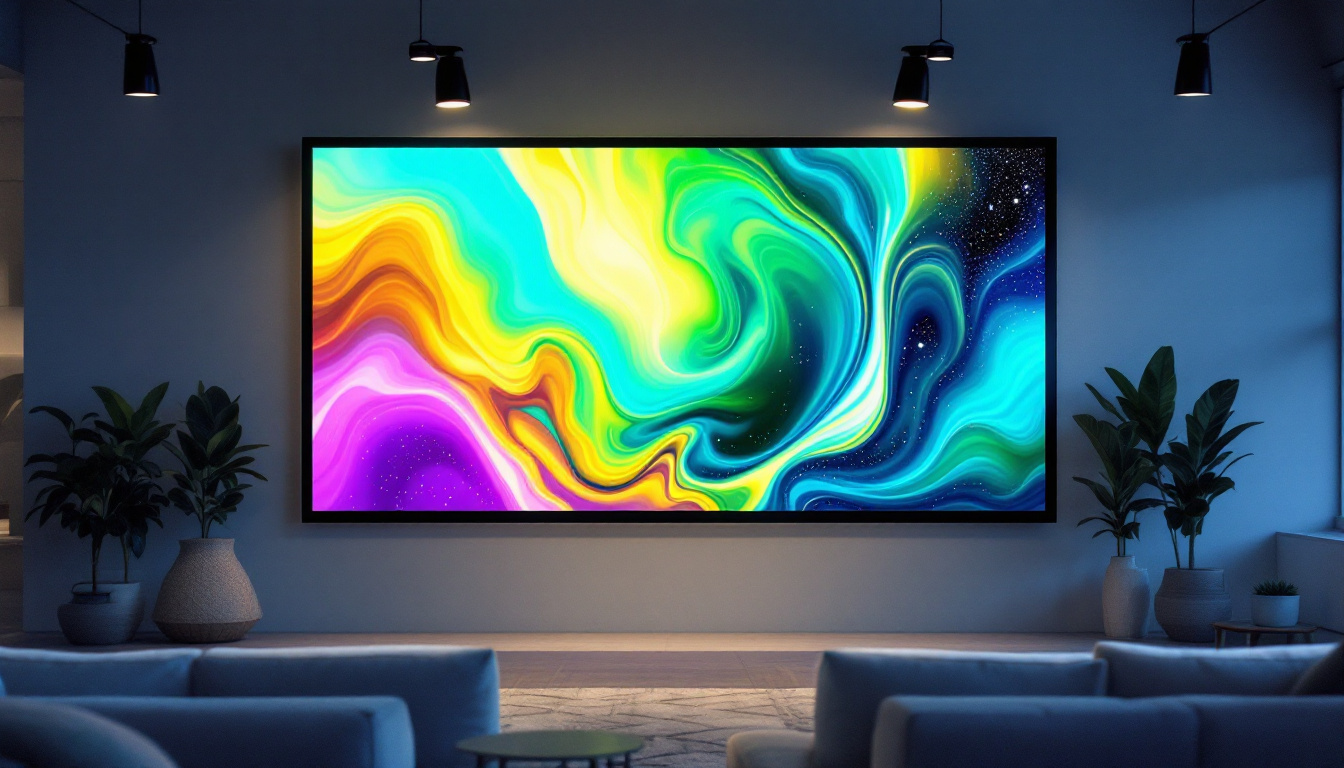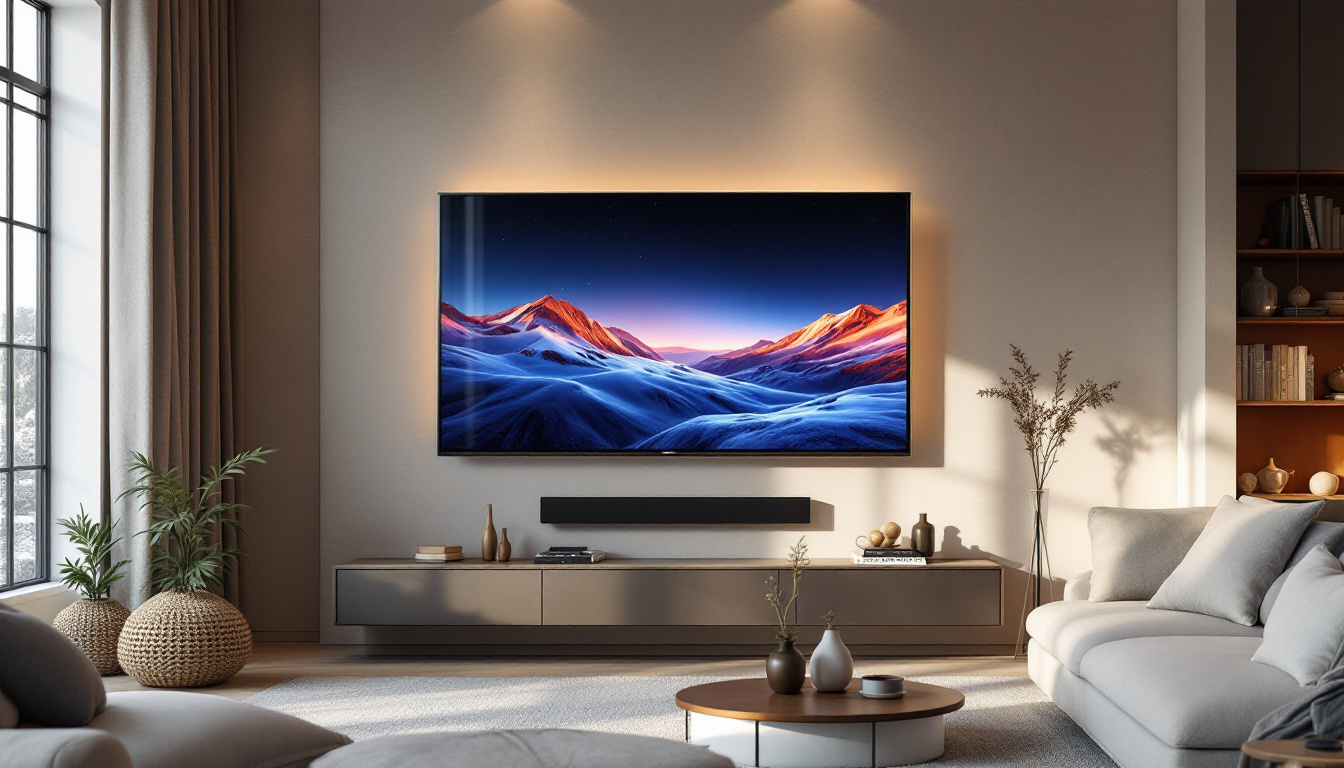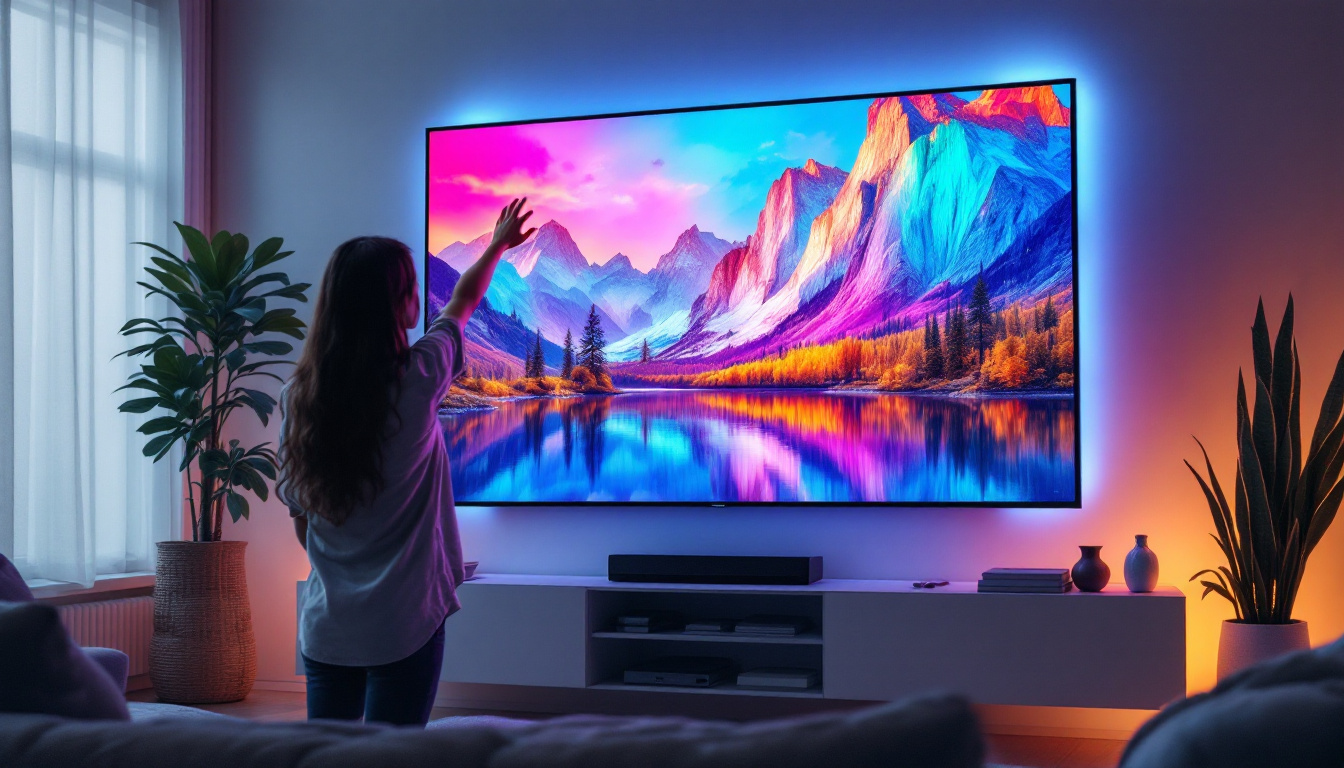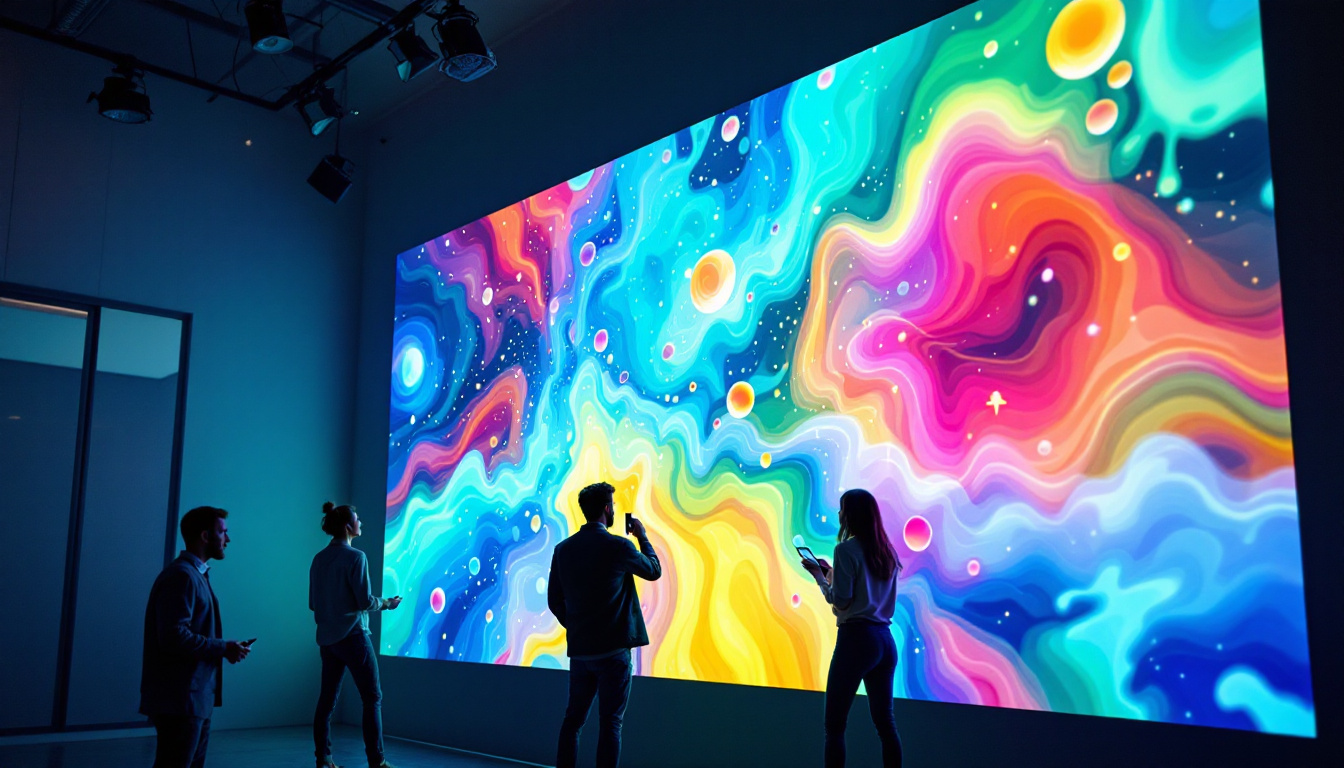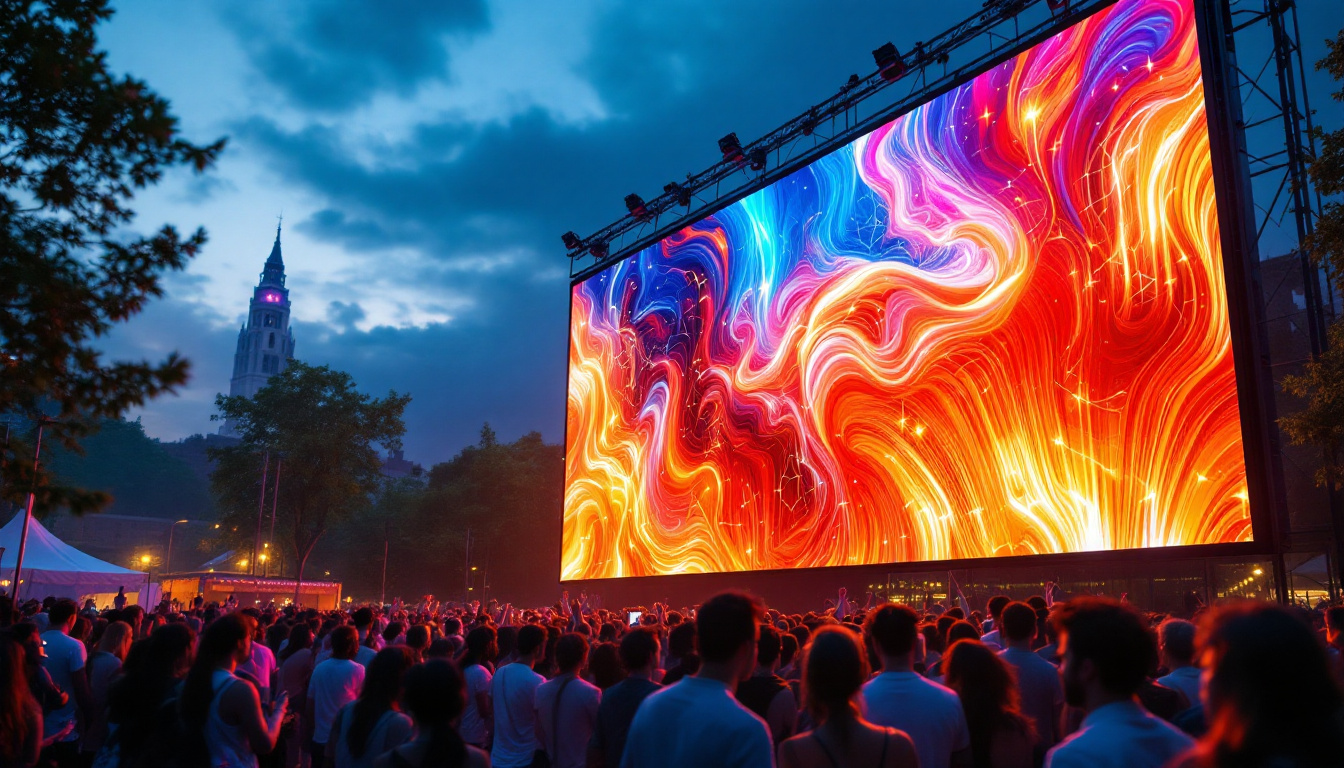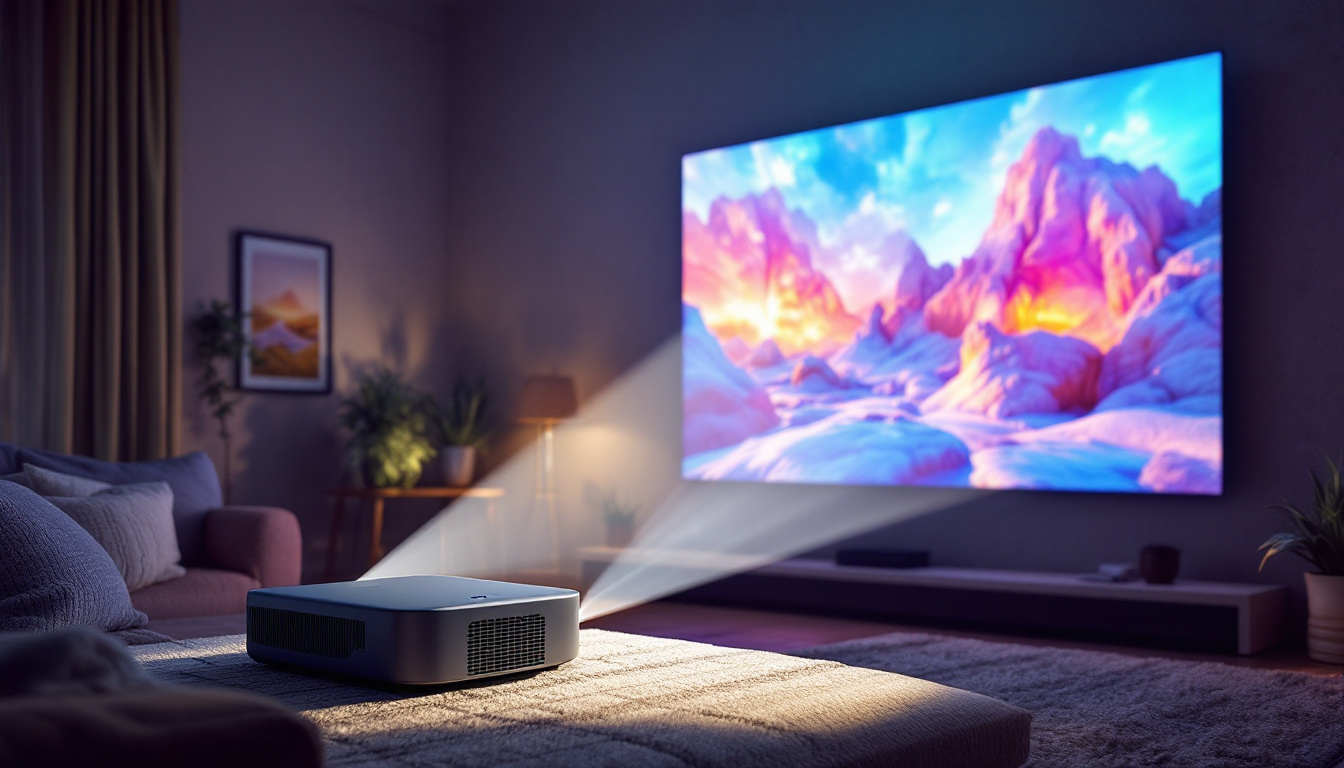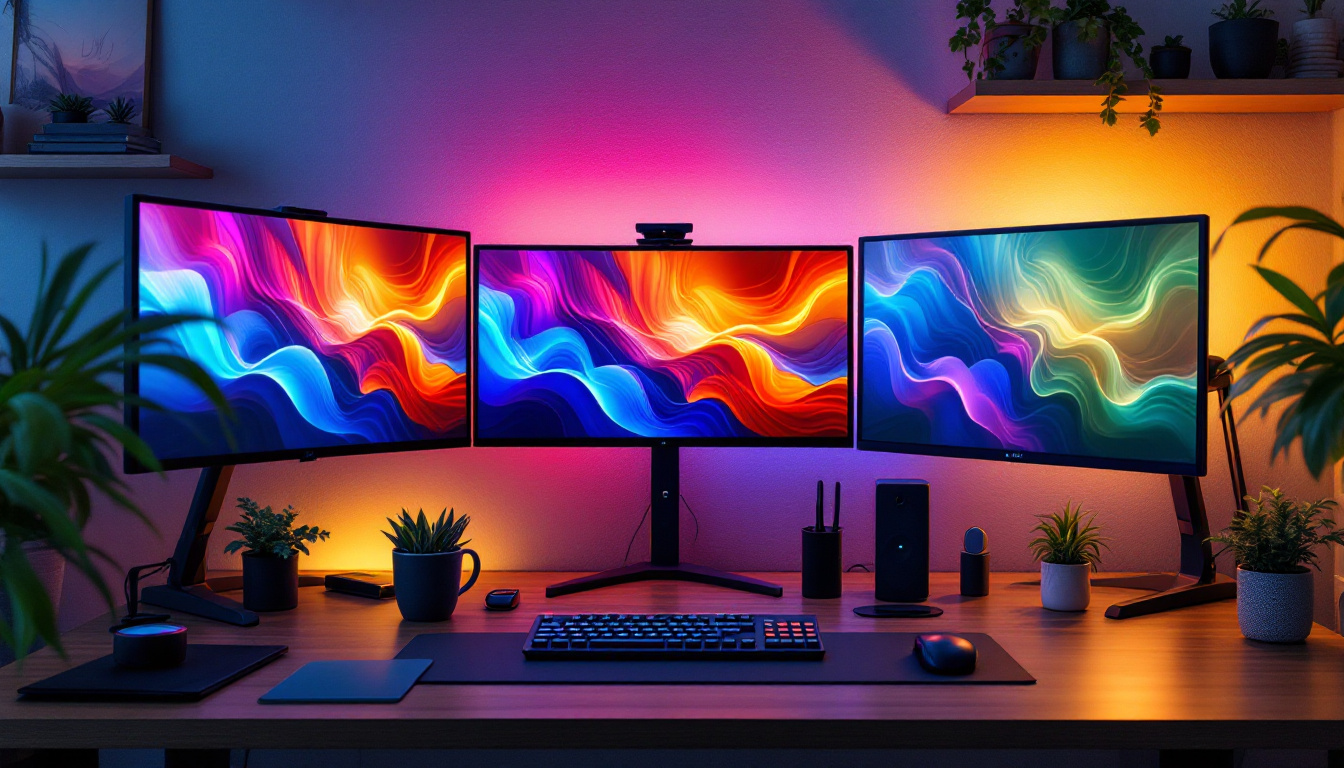In the ever-evolving landscape of technology, computer monitors have undergone significant transformations, particularly with the introduction of LED (Light Emitting Diode) displays. These monitors have become increasingly popular due to their superior performance, energy efficiency, and sleek designs. This article delves into the intricacies of LED displays, exploring their types, benefits, and how they compare to traditional display technologies.
Understanding LED Technology
LED technology is a form of display that utilizes light-emitting diodes to produce images on the screen. Unlike traditional LCD monitors that use fluorescent backlighting, LED displays use a series of small diodes to create light and color. This fundamental difference contributes to several advantages, including improved brightness, contrast, and overall picture quality. The energy efficiency of LED technology also plays a significant role in its popularity, as it consumes less power compared to older display technologies, making it an environmentally friendly choice.
How LED Displays Work
At the core of an LED display is the diode itself, which emits light when an electric current passes through it. In a typical LED monitor, there are two main types of configurations: edge-lit and full-array. Edge-lit LED monitors have diodes placed along the edges of the screen, while full-array models feature a grid of diodes behind the entire display. This arrangement allows for more precise control of brightness and contrast, particularly in full-array models. The ability to dim specific areas of the screen, known as local dimming, enhances the depth of blacks and the vibrancy of colors, providing a more immersive viewing experience.
When an image is displayed, the monitor’s controller adjusts the intensity of each diode to create the desired color and brightness. This process allows for a broader color spectrum and deeper blacks, enhancing the overall viewing experience. Furthermore, advancements in LED technology have led to the development of HDR (High Dynamic Range) capabilities, which enable displays to showcase a greater range of luminosity, making scenes appear more lifelike and dynamic.
Types of LED Monitors
LED monitors can be categorized into several types, each catering to different needs and preferences. The most common types include:
- Edge-Lit LED Monitors: These are typically thinner and lighter, making them ideal for compact spaces. However, they may not provide the same level of uniform brightness as full-array models. Their sleek design often appeals to consumers looking for aesthetics alongside functionality.
- Full-Array LED Monitors: Offering superior brightness and contrast, full-array monitors are equipped with a complete grid of LEDs. This type is particularly favored for professional applications where color accuracy is crucial. The enhanced performance makes them a preferred choice for graphic designers and photographers who require precise color representation.
- OLED Monitors: While technically different from traditional LED displays, OLED (Organic Light Emitting Diode) monitors use a similar principle but with organic compounds. They provide exceptional color reproduction and contrast ratios, making them popular for high-end applications. The individual pixel illumination in OLED technology allows for true blacks and vibrant colors, setting a new standard in display technology.
In addition to these types, there are also variations like Mini-LED and MicroLED, which represent the cutting edge of display technology. Mini-LED uses smaller diodes to create a more densely packed array, improving brightness and contrast even further. MicroLED, on the other hand, takes this a step further by using microscopic LEDs that can be individually controlled, allowing for even greater flexibility in display configurations and enhancing the potential for modular screens. These innovations are paving the way for future developments in visual technology, promising even more immersive and high-quality viewing experiences.
Advantages of LED Monitors
LED monitors have become the preferred choice for many users due to their numerous advantages over traditional display technologies. Understanding these benefits can help consumers make informed decisions when purchasing a new monitor.
Energy Efficiency
One of the standout features of LED monitors is their energy efficiency. Compared to older LCD and CRT monitors, LED displays consume significantly less power. This reduction in energy consumption not only leads to lower electricity bills but also contributes to a smaller carbon footprint, making LED monitors an environmentally friendly choice.
Enhanced Picture Quality
LED monitors are renowned for their superior picture quality. The ability to produce brighter images with higher contrast ratios results in more vibrant colors and sharper details. This is particularly beneficial for graphic designers, photographers, and gamers who rely on precise color accuracy and clarity.
Additionally, many LED monitors offer features such as HDR (High Dynamic Range), which further enhances the viewing experience by providing a wider range of colors and improved contrast. This technology allows for a more immersive experience, especially in visually demanding applications.
Longevity and Durability
LED monitors are designed to last longer than their traditional counterparts. The solid-state technology used in LEDs means that they are less prone to burn-in and other common issues associated with older display technologies. As a result, users can expect a longer lifespan and consistent performance over time.
Comparing LED Monitors to Other Technologies
When considering a new monitor, it’s essential to compare LED technology with other available options, such as LCD and CRT displays. Each technology has its own strengths and weaknesses, which can influence a consumer’s choice.
LED vs. LCD
While both LED and LCD monitors use liquid crystal displays, the primary difference lies in the backlighting technology. LED monitors use diodes for backlighting, resulting in improved brightness and contrast. In contrast, traditional LCD monitors rely on fluorescent backlighting, which can lead to less vibrant colors and lower energy efficiency.
In terms of performance, LED monitors generally outperform LCDs in nearly every aspect, making them the preferred choice for most users today. The advancements in LED technology have rendered older LCD monitors largely obsolete in many applications.
LED vs. CRT
CRT (Cathode Ray Tube) monitors were once the standard for computer displays, but they have largely been phased out in favor of newer technologies. LED monitors offer several advantages over CRTs, including a smaller form factor, lighter weight, and significantly lower power consumption.
Moreover, LED monitors provide better image quality, with sharper resolutions and more accurate color reproduction. The bulky nature of CRT monitors, coupled with their susceptibility to screen burn-in and flickering, makes LED technology a far more appealing option for modern users.
Choosing the Right LED Monitor
With a plethora of options available in the market, selecting the right LED monitor can be a daunting task. Several factors should be considered to ensure that the chosen monitor meets the user’s specific needs.
Screen Size and Resolution
Screen size and resolution are crucial factors when choosing a monitor. Larger screens provide a more immersive experience, particularly for gaming and multimedia applications. However, the resolution is equally important, as it determines the clarity of the images displayed. Common resolutions include Full HD (1920×1080), Quad HD (2560×1440), and 4K (3840×2160).
For professional tasks such as graphic design or video editing, a higher resolution is often necessary to ensure precision and detail. Conversely, for general use such as browsing or office work, a Full HD monitor may suffice.
Refresh Rate and Response Time
The refresh rate and response time of a monitor are critical for gamers and those who work with fast-moving visuals. The refresh rate, measured in hertz (Hz), indicates how many times the screen refreshes per second. A higher refresh rate (e.g., 144Hz or 240Hz) results in smoother motion and reduced motion blur.
Response time, measured in milliseconds (ms), refers to how quickly a pixel can change from one color to another. A lower response time is essential for gaming, as it minimizes ghosting effects and ensures a more fluid experience.
Maintaining Your LED Monitor
Proper maintenance can significantly extend the lifespan and performance of an LED monitor. Simple practices can help keep the display in optimal condition.
Cleaning and Care
Regular cleaning is essential to maintain the clarity and brightness of an LED monitor. Users should avoid harsh chemicals and instead use a microfiber cloth and a gentle cleaning solution specifically designed for screens. It is advisable to turn off the monitor and allow it to cool down before cleaning to prevent any damage.
Additionally, keeping the monitor away from direct sunlight and extreme temperatures can help prevent overheating and other potential issues. Proper ventilation is also crucial to ensure that the monitor operates efficiently.
Calibration and Settings
Calibrating the monitor settings can enhance the viewing experience. Adjusting brightness, contrast, and color settings according to personal preferences can lead to improved image quality. Many LED monitors come with built-in calibration tools, making it easier for users to achieve optimal settings.
For professional applications, using specialized calibration tools can ensure that the monitor displays colors accurately, which is vital for tasks such as photo editing and graphic design.
Conclusion
LED monitors have revolutionized the way users interact with technology, offering superior performance, energy efficiency, and enhanced picture quality. With various types available, consumers can find a monitor that suits their specific needs, whether for gaming, professional work, or general use.
Understanding the advantages of LED technology, along with the differences compared to other display types, can aid in making informed purchasing decisions. By considering factors such as screen size, resolution, and refresh rates, users can select the perfect LED monitor to enhance their computing experience.
As technology continues to advance, LED monitors will likely remain at the forefront of display innovation, providing users with vibrant visuals and an immersive experience for years to come.
Discover the Future of Visual Technology with LumenMatrix
Ready to experience the pinnacle of LED display technology? LumenMatrix is at the forefront of innovative solutions that bring your visual communication to life. Whether you’re looking to enhance your brand’s visibility with an Indoor LED Wall Display, captivate passersby with an Outdoor LED Wall Display, or create dynamic content with our Custom LED Display options, LumenMatrix has you covered. Elevate your visual experience and engage your audience like never before. Check out LumenMatrix LED Display Solutions today and step into the future of vibrant, energy-efficient, and impactful displays.

